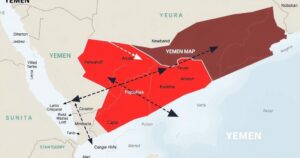U.S.-Iran Nuclear Negotiations: Entering a Critical Challenge Phase

The U.S.-Iran nuclear negotiations are progressing, with both countries seeking diplomacy despite distrust. Iran has specified nine conditions for discussions, while U.S. positions are less clear. The talks are transitioning into technical details, marking a critical phase in the negotiation process, with both sides facing impending challenges ahead.
As the U.S. and Iran advance in their nuclear negotiations, the forthcoming stage presents significant challenges. Both nations, despite profound mutual distrust, recognize strategic advantages in pursuing diplomatic dialogue. Iran has proposed nine conditions for the talks, while the U.S. position remains less defined. Current discussions are transitioning into technical details, which will determine the ultimate success of these negotiations.
During the second round of discussions held in Rome on Saturday, expectations were elevated, with heightened anticipation regarding negotiation outcomes. Reports from Iran suggest that the initial atmosphere was optimistic, highlighting ‘good atmosphere’ and ‘effective talks.’ However, it is important to note that the most difficult and complex issues are now on the horizon, which will test the resilience of these discussions.
In summary, the U.S.-Iran nuclear negotiations are at a critical juncture, with both sides identifying the necessity for diplomacy despite underlying distrust. Iran’s outlined conditions for talks and the U.S. stance, though ambiguous, indicate a willingness to engage. As the dialogue progresses into intricate technical facets, the true challenge will emerge, testing the commitment of both parties toward a peaceful resolution.
Original Source: www.haaretz.com








